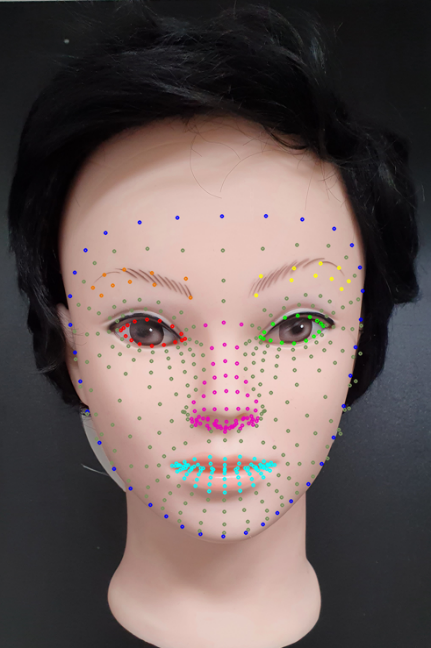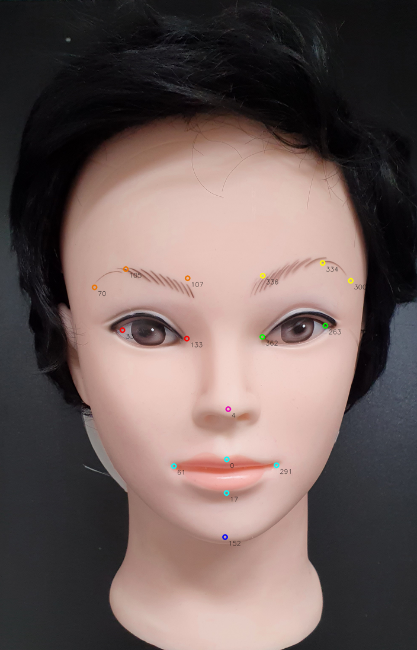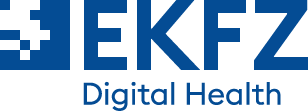
Increasing the precision of patient positioning in radiotherapy using positioning aids
Medical Need
As one component of anti-cancer treatment, radiotherapy is applied in several treatment sessions over the course of a few days or weeks. Treatment needs to be highly accurate and precise, because if the tumour is missed, a lower tumour control and an increased dose to surrounding organs at risk can have detrimental effects. A 3D-CT scan of the patient in treatment position serves as blueprint, based on which the radiation treatment plan is calculated as well as the patient is positioned in each session. Immobilization devices are used for accurate repositioning as well as to monitor the patient throughout the treatment session. Current devices, however, are burdensome to the patient and sometimes do not capture the respective body part perfectly.
This project aims at introducing wireless positioning aids based on photogrammetric and ultra-wideband techniques in the field of radiotherapy in order to increase efficiency and precision of patient positioning and to monitor possible positioning changes during the course of a treatment session.
Radiotherapy, positioning, reproducibility, photogrammetry, ultra-wideband
Riedel, M., Schneider, D., Kramp, J., 2022: Photogrammetrische Bestimmung von Kopfbewegungen mittels Facial Landmarks – proof of concept. In: Luhmann, T., Schumacher, Ch. (Hrsg.): Photogrammetrie, Laserscanning, Optische 3D-Messtechnik – Beiträge der Oldenburger 3D-Tage 2022, VDE Verlag, pp. 25-37. Veröffentlicht.
Project team members
Clinician
TU Dresden, Faculty of Medicine
University Hospital Dresden, Department of Radiotherapy and Radiation Oncology
Project team members
High-tech
TU Dresden, Department of Geoscience
Institute of Photogrammetry and Remote Sensing
Technology partner
DEVERITEC GmbH
Consultant partner
Hochschule für Technik und Wirtschaft Dresden, Professur für Photogrammetrie

Grouped Facial Landmarks of the Mediapipe Library

Selection of specific Facial Landmarks
Abstract
Radiotherapy is a highly precise and accurate oncological treatment modality, which is delivered over the course of several days or mostly weeks. Nowadays, reproducible positioning is realised by using masks and other immobilization devices, which are burdensome to the patient and can, more importantly, still be optimized regarding their reproducible precision. This project aims at introducing wireless positioning aids in the field of radiotherapy based on photogrammetric and ultra-wideband techniques in order to increase efficiency and precision of patient positioning and to monitor possible positioning changes during the course of a treatment session. We will use lightweight, low-cost and wireless tags from the standardized ultra-wideband radio-sensor network area as electronic markers. In combination with stereo-vision and the accelerometer in the tag distance, relationships with sub-centimetre range and angular positions in the single-digit degree range will be detected between the fixed anchor points in the room and on the treatment couch as well as those on the patient’s head or body. Different sensor systems deliver complementary and redundant information. This forms a basis for the development of sensor and data fusion strategies, which exploit the strengths of the different sensor types and merge data with the goal of improving accuracy and boosting reliability. In addition to the positioning technology challenges, electronics-specific boundary conditions such as size, weight, radiation robustness, compatibility with MRT and energy supply also play an important role in the project. Moreover, handling of the system, its size and wearing comfort will be optimised. Finally, novel therapeutic indications, i.e., moving instead of stationary targets, will be tracked.

